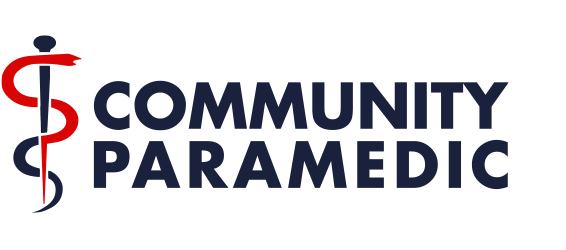Course Structure and Time Committment
 Premergency's Community Paramedic Training Program has a unique approach that uses a blended system -Case-Based and Problem Based Learning (PBL)- augmented by didactic presentation resources.
Premergency's Community Paramedic Training Program has a unique approach that uses a blended system -Case-Based and Problem Based Learning (PBL)- augmented by didactic presentation resources.
PBL is primarily self-directed/group learning where patient case scenarios are independently researched, and knowledge is applied to the cases through dialogue with peers, fully facilitated by a skilled instructor and content expert.
It is within this dialogue where critical thinking and critical reflection occurs and where the learning begins. The methodology immerses the student in the learning process. It helps the student develop the skills to make decisions under uncertain conditions, a skill required to become a practitioner - a clinician vs. a technician.
The Community Paramedic Training Program is not Primary Care Paramedic (PCP)/Advanced Care Paramedic (ACP) specific. The training does not teach new skills. It is designed for new Community Paramedics, regardless of their level of practice, to apply their current scope or new scope gained through complementary programs within problem-based learning.
The program is equivalent in length to a single-semester, 45-hour course requiring an average of 80-100 hours to work through all the material**. As the foundation of PBL is collaborative dialogue and group work, it is recommended that all participants of each cohort work at the same pace to receive the full benefit of the learning. The length of time to complete the program is determined by the Paramedic Service or cohort. There is some flexibility within each cohort, but you may not receive the full benefit of the learning if you get too far behind. The same can be said by moving too quickly.
If you or your organization has specific needs regarding timelines, please ensure this is communicated so that Premergency can group you with those with similar needs and provide the best learning experience possible. Each cohort may have 5-10 participants from one or more Paramedic Service.
The program is structured into 9 Modules, starting with introductions and foundational activities, then chronologically progressing through the care of a small Community Paramedic caseload. Problem/Case-Based Learning activities are used, and all aspects of each patient's illness and care can be explored, ending with a summative activity and evaluation.
**The Community Paramedic Training Program is didactic only. Clinical placements, if required, are the responsibility of the host paramedic service. Clinical placement competencies and guidance can be provided and included in the MOU upon request. Placements can also be arranged with other host paramedic services.
